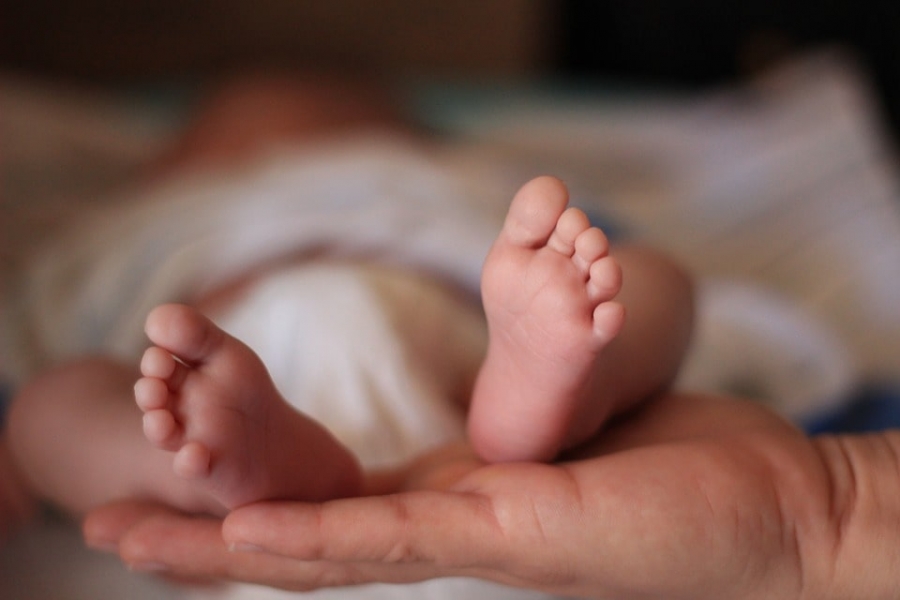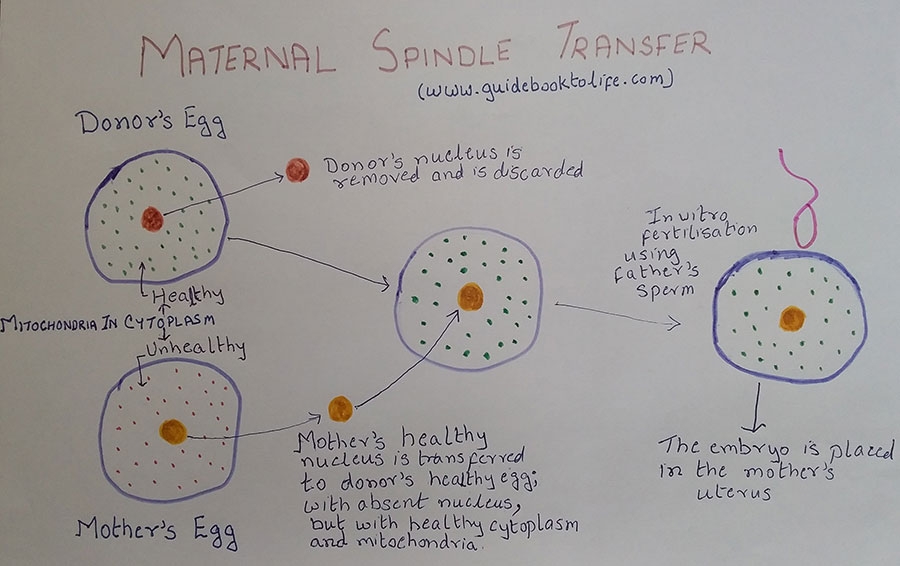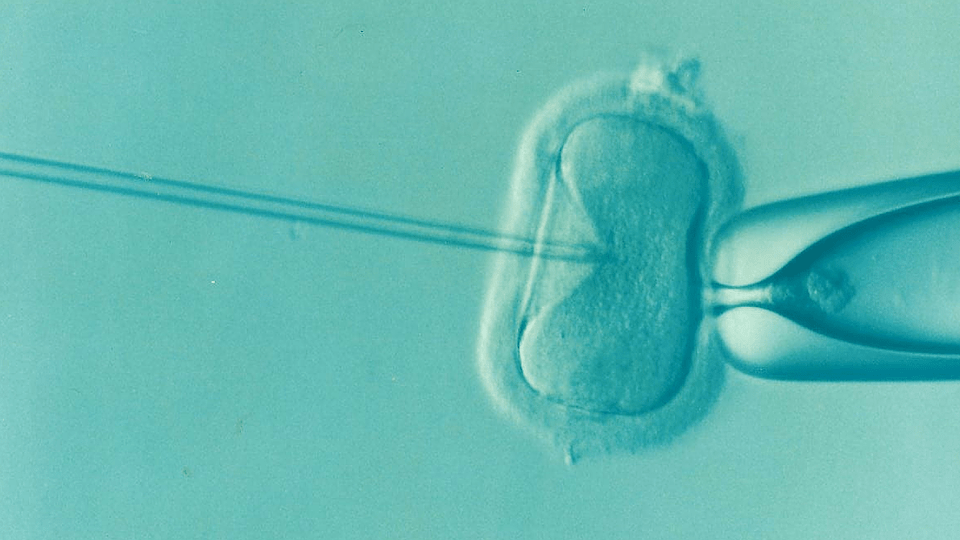“Of all the rights of a woman, the greatest is to be a mother.” – Lin Yutang
Although difficult to determine, but according to an estimate of WHO some 10% of women suffer from some kind of infertility or subfertility. This not just affects her life but also brings pain and hardships into the life of people who are close to her. Many modern-day treatments have made contributions in alleviating their pain & the concept of 3 parent baby, may soon become a recent addition to the vast armamentarium, available to different health professionals, who are striving to ensure that all women can exercise their right to be a mother.
A particular News from April 2019, created ripples around the world in the medical fraternity, which described the birth of a baby, by using 3 parent baby technology. The 32-year-old Greek mother had been suffering from infertility, for quite some time and had tried IVF (In vitro fertilization) treatment, four times previously, without any fruitful result. However, by using the three-person baby technique, she gave birth to a 2.9 kg baby boy on April 9. Both the mother & child were in good health, giving further credibility to the new procedure.
A team of Spanish and Greek doctors, comprising of Barcelona based Embryotools and Athens based clinic – Institute of Life have perfected a rather novel technique. They were responsible for the above-described feat, which in the medical community is already being hailed as a milestone, and may provide a giant leap forward, as far as female fertility issues are concerned. Unfortunately, the team had to conduct the trial in Greece as the procedure is not yet legalized in Spain.

The technology for creating the 3 parent child, is known as maternal spindle transfer (MST). In this method, harmful mitochondria found in the mother’s egg is removed and is replaced by the female donor’s, before being fertilized with the sperm of the father by IVF technology. The 3 parent IVF technique has presented a unique advantage to the scientists & the couple desiring a child. The woman with the desire to reproduce can have a baby, carrying her own genetic material.
Besides the patient mentioned above, 2 - Three parents baby, have been born using mitochondrial replacement therapy done previously (1 in Mexico & 1 in Ukraine). Although both cases caused global controversy, they were done with a chief aim, so as not to pass a serious genetic mutation to the child that can cause serious mitochondrial diseases.
The babies who are born by using the procedure mentioned above, finally end up with DNA of 3 different people. This is the reason they are called three parent babies. Besides having the regular genes of the official parents, the baby also carries 37 mitochondrial genes of the egg donor. Although in practical terms, this contribution of the donor gene is of very little amount (only 1%), but for some researchers, it is a cause of concern.
Three person IVF ethics has been the most contentious issue, as far as the 3 parent baby technique is concerned. Those who support the new technology maintain that, although a tiny portion of the baby’s DNA may come from a mitochondrial donor source, but the overwhelming majority comes from the nucleus of the cell, derived from the official parents. It is this nuclear DNA that gives a person his/her characteristic genetic traits like – personality, height, weight, the color of the eye & hairs.
The proponents of this new innovation in assisted reproductive technology believe that it will help women with the previous history of multiple failures of IVF attempts or those who can’t conceive due to rare genetic mitochondrial diseases. Unfortunately, not all are so optimistic and many countries (including the USA) still have a ban on mitochondrial replacement therapy (as of April 2019).

Some experts have raised concerns that using maternal spindle transfer method to treat infertility, not related to mitochondrial disease, would open Pandora's box, with unforeseen complications. They feel it may initiate a new trend, in which the would-be parents, would be more inclined to having designer babies. Technology may be misused in the wrong direction to give birth to babies, with greater strength and increased intelligence. Some scientists also have fears that making changes in human DNA can create some new inheritable diseases, by accidental mistakes done during this experimental procedure. These doubtful scenarios are one of the main reasons that mitochondrial replacement therapy is illegal in most countries.
However, the research scientists involved in the above-mentioned experiment, believe that the procedure is relatively innocuous and has been subjected to unnecessary criticism. Using donated eggs for significantly increasing the chances of successful IVF, is routinely used procedure, but the children produced are not genetically related to the intended mothers. However, the modified procedure used & described above is like egg donation, but 99% genes of the baby are derived from the real parents and only 1% from a 3rd party (outsider).
For some women, the knowledge that they can’t get pregnant with their own eggs can be a really severe traumatic experience. If the new method described previously, gives a better result compared to conventional in vitro fertilization to treat infertility, it would radically increase the possibility of having children for older women and those others, who are struggling to get pregnant. This method can allow them to be finally proud parents of a child, genetically related to them.

As described previously in many countries of the world, using 3 parent baby technology is still illegal. However, that would not stop couples desperate to have a baby, traveling to countries, where this procedure is legal. This unexpected and unsupervised medical tourism can lead to unforeseen outcome later on.
The limited data in hand has shown that the procedure is both feasible and safe in humans. Unfortunately, much more in-depth study (including follow up of the babies into their adulthood) and larger trials would be needed before, the procedure evokes enough confidence for all countries in the world, to universally legalize the procedure.